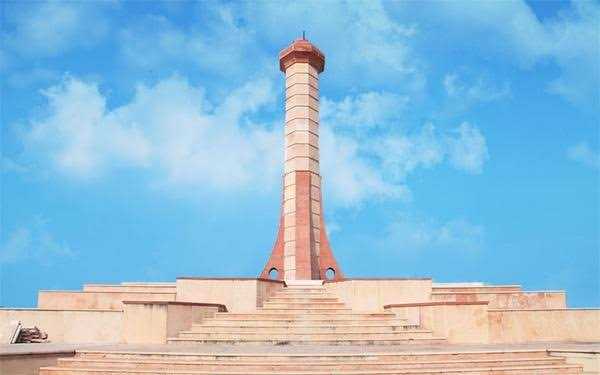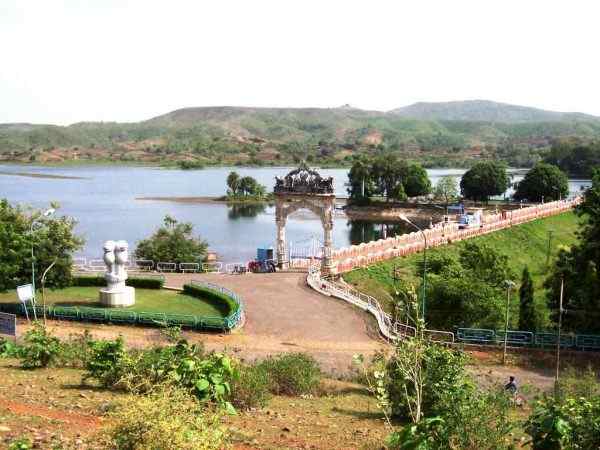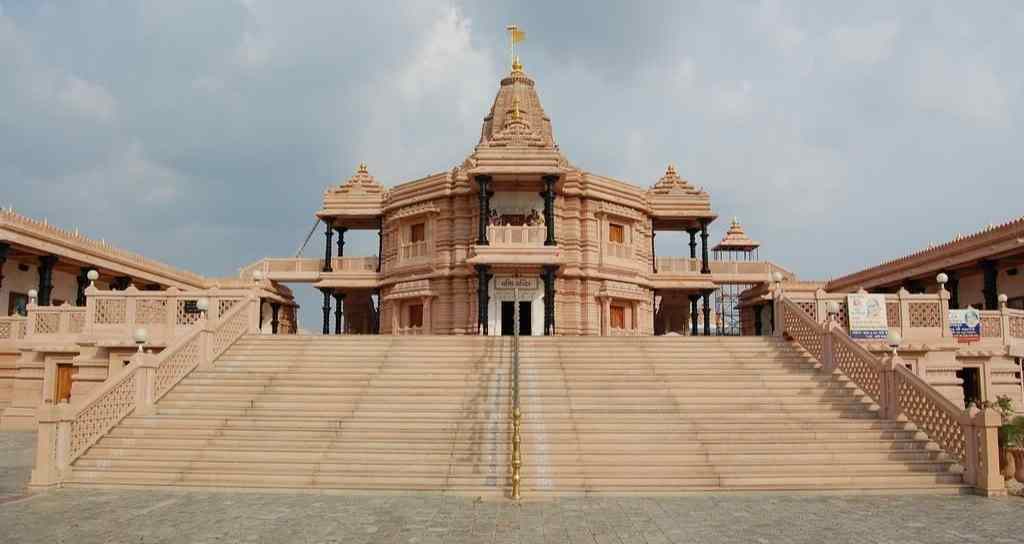Forgotten Jallianwala Bagh of Rajasthan
Although the Jallianwala Bagh atrocity is known in our country, the slaughter of Bhil tribals is not addressed in history texts or in political speeches. The British crossed all limits of brutality in ‘Mangarh Dham’ Banswara district, located on the Rajasthan-Gujarat border, on 17th November in 1913, six years before the Jalliawala Bagh massacre.
The British massacred over 1500 Bhil tribals in this area. That day, the blood had painted the hill of Mangarh. Mangarh’s soil was watered with Bhil tribesmen’s blood. It is presently known as ‘Mangarh Dham.’
Events that took place on 17th November 1913 at Mangarh Dham
The effort of awakening the people of the tribal area with the spark of religious consciousness began during the days of British control, when everyone was contributing in his own manner to the country’s freedom, then living in the darkness of ignorance in the midst of illiteracy.

In past great Bhil tribe of Mewar helped the great Maharana Pratap in his holy cause of Freedom and now the Great Bhil tribals had caused a stir by raising a revolt against the British. They devoted their life for the service of holy motherland and the Great Bhil tribals, led by the great Govind Guru of Lambada (Banjara Samaj), refused to accept subjugation in any form.
The Great Gobind Guru formed a front against the local rulers who were forcing them to live like animals, in addition to the British. The Bhils had refused to work under duress.
On the 17th of November 1913, thousands of Bhils assembled at Mangarh Dham under the direction of Govind Guru, but rumours arose that the Bhils had gathered to seize the princely kingdoms. The princely kingdoms applied pressure on the British and summoned the troops, which then placed the bodies of around 1500 Bhil tribals one by one.
Govind Guru, who received his schooling at a school-college and his military training at a military institute. With the pounding of drums and hymns, and the sound waves of hymns, he used to agitate the common man for independence. This is an example of a monument that combines Guru devotion and patriotism. Mangarh Dham is located in the Banswara district, a short distance from Anandpuri.
When tens of thousands of Gurubhakts were executed: Thousands of Gurubhakts who had congregated to celebrate the Guru’s birthday on Margashirsha Purnima were put to death by Britishers on November 17, 1913.
Sacrifice of the people at Mangarh Dham
Not just this mountain, but also the Dhunis erected by Govind Guru and disciples throughout Gujarat’s border territories, such as Banswara and Dungarpur districts, bear witness to that sacrifice.

Natwa Panderphala Dhuni in Gujarat’s Jhalod tehsil, Kamboi Dhuni, Mani Magri, Dhuni Magri Chhani Magri Dhuni in Rajasthan’s Bansia, and Gani Mata’s Samadhi in Gujarat’s Surata Dhuni Bedsa are all living emblems of Govind Guru and the Mangarh Dham event.
The sacrifice is still seen in the families of the martyrs. The actuality of that delectable occurrence is told through the words of the kin in the form of oral documents of the sacrifice.
Only a few people survived the carnage and were able to return home alive from Mangarh Dham. Surata Dhuni’s associates included Mogaji Bhagat, Dheera Bhai Bhagat, and Heera Bhai Khant. In the Mangarh massacre, Vika Bhai Damor of Garadu hamlet near Mangarh was killed, but his younger brother Kanji Damor and his wife Galali Devi managed to flee. His family’s Saksi Bhai Bhagat tells the narrative of his sacrifice. Paungiri Maharaj’s son, Lalshankar Pargi, too tells the storey of bravery.
Also Read: Karni Mata Temple: Ancient temple built in 1620’s Udaipur
Govind Guru’s contributions and legacy
Govind Guru was born on December 20, 1858, in the village of Bansia in the district of Dungarpur. The family of revolutionary saint Govind Guru’s elder son Harigiri lives in Bansiya, while the family of his younger son Amrugiri lives in Umrai near Talwara in Banswara district.
Govind Guru’s legacy is being carried on by the sixth generation of his family in Bansia, where he was born. In the sixth generation, Govind Guru’s sons Harigiri, Managiri, Karangiri, Narendra Giri, and Gopalgiri are preaching the desire to carry out the Guru’s teachings by living on Madi Magri.
The dynasty realised that nothing could be done until the oppressed communities banded together. That is why they went to the tribe villages (settlements) in their respective regions and began organising them. He would tell people to bathe every day, not to consume alcohol, not to eat meat, and not to steal.
They valued labour and used to claim that if you work hard enough, you can fill your stomach with money. He also motivated others and campaigned for the establishment of schools for children’s education.
He warned people to steer away from princely states and their courts. Govind Guru used to teach to the people in a very basic way that they should neither oppress nor be oppressed. He would send a message to the people encouraging them to care for their land.
Even today thousands of people gather at the very spot every year on the same day to urge that Mangarh Dham can be recognised a national heritage site, but their desire has yet to be heard. Writerclubs pay humble homage to the all Martyrs who sacrificed their lives for the beloved motherland.
FAQs
Mangarh Dham opening
Open 7 days | 8:30–11AM, 1:00 –8 PM
Mangarh dham distance
Manghar Dham Distance form Udaipur is 180Kms
Mangarh Dham Distance from Banswara is 85 Kms
Also Read: Panna Dhai: A Sacrifice of Motherhood that cannot be forgotten
